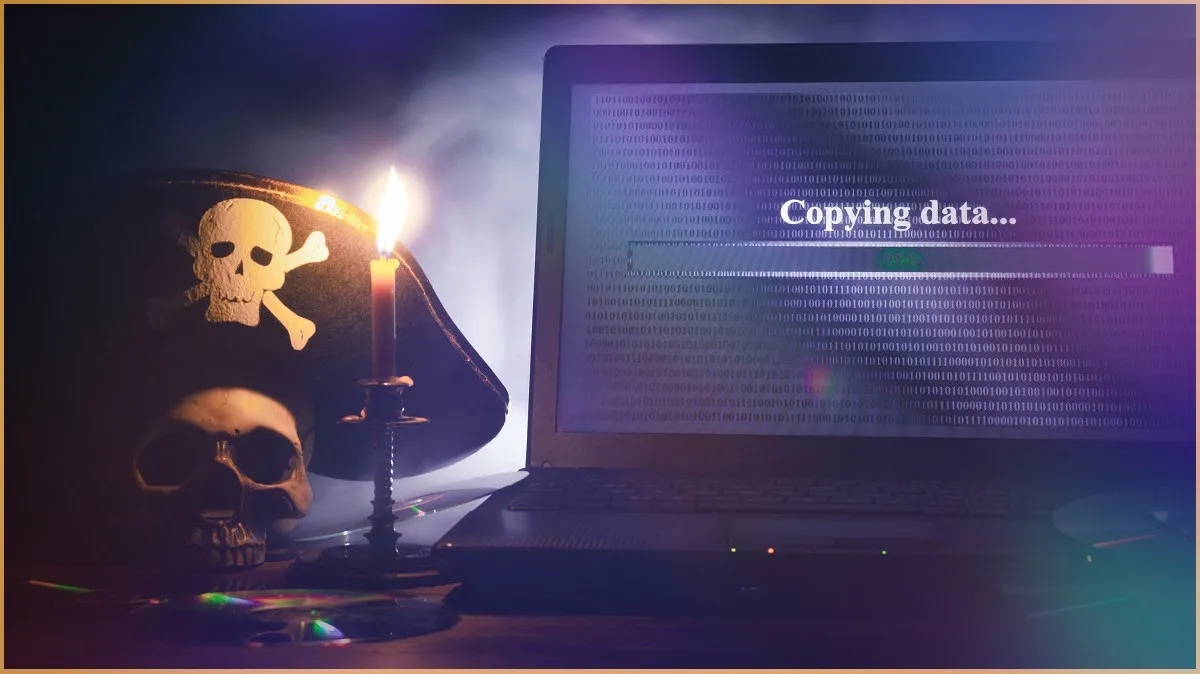In an increasingly digital world, protecting digital content from unauthorized use and piracy has become a paramount concern. Watermarking, a technique that involves embedding a unique mark onto digital files, has emerged as a powerful tool in the fight against content theft. By exploring various methods of watermarking, we can unlock the true potential of safeguarding digital content. So, read till the end to explore how to Watermark your PDF files.
Table of Contents
Forensic Watermarking: Fortifying Against Piracy
Forensic watermarking goes beyond traditional visible watermarks by embedding a unique code or identifier into digital files. This technology plays a crucial role in combating piracy, as it helps to trace the origin of illegally distributed content. By detecting and analyzing the embedded identifiers, content providers can identify the source of leaks and take appropriate action. Forensic watermarking acts as a powerful deterrent, as it significantly increases the risk of detection and prosecution for pirates.
Digital Watermarking: Enhancing Cybersecurity
Digital watermarking has found its place not only in combating piracy but also in strengthening cybersecurity. By embedding imperceptible marks within digital files, such as images or documents, it becomes possible to establish the authenticity and integrity of the content. These watermarks act as a unique fingerprint that can be used to verify the originality of the files and detect any unauthorized modifications. Digital watermarking provides an additional layer of protection against tampering or unauthorized distribution, ensuring the trustworthiness of digital assets.
NFT Validation: Establishing Authenticity
The rise of Non-Fungible Tokens (NFTs) has brought about new challenges in verifying the authenticity of digital assets. To address this, digital watermarking has emerged as a valuable technique for NFT validation. By embedding a unique identifier or cryptographic signature into the NFT metadata, watermarking ensures that the asset’s ownership and authenticity are preserved. This enables collectors and investors to confidently trade and engage with NFTs, knowing that they are acquiring genuine and verified digital assets.
Invisible Watermarking: Balancing Security and Aesthetics
Invisible watermarking is a method that embeds imperceptible marks within digital content. Unlike visible watermarks that may obstruct the viewing experience, invisible watermarks remain undetectable to the human eye. This method strikes a balance between security and aesthetics, allowing the content to be enjoyed without distraction while still providing a means of identifying and protecting against unauthorized use. Invisible watermarks can be particularly effective in situations where visible marks may detract from the content’s value or aesthetics.
Digital Rights Management (DRM): Protecting Content Across Platforms
Digital Rights Management (DRM) encompasses various technologies and techniques for safeguarding digital content. Watermarking plays a crucial role in DRM by allowing content providers to track and control the distribution and usage of their assets. By embedding unique identifiers into files, content owners can monitor and enforce restrictions on how the content is accessed and shared. DRM, combined with watermarking, helps protect intellectual property rights and ensures that digital content remains secure across different platforms and devices.
Leveraging Video Watermarking for Branding
Watermarking extends beyond protecting digital content; it also holds significant potential for branding. Video watermarking, in particular, offers a powerful way to reinforce brand identity and protect video content simultaneously. By adding a visible watermark, such as a logo or text overlay, companies can showcase their brand prominently while deterring unauthorized use or distribution of their videos. Video watermarking serves as a powerful marketing tool, ensuring that the brand is consistently represented and recognized.
In conclusion, watermarking provides a range of methods to safeguard digital content from piracy, tampering, and unauthorized use. Whether it is through forensic watermarking, invisible watermarking, or video watermarking for branding purposes, these techniques help establish ownership, preserve authenticity, and enhance cybersecurity. By unlocking the power of watermarking, content creators and providers can protect their digital assets, maintain control over distribution, and ensure that their work is used in accordance with their intentions.





